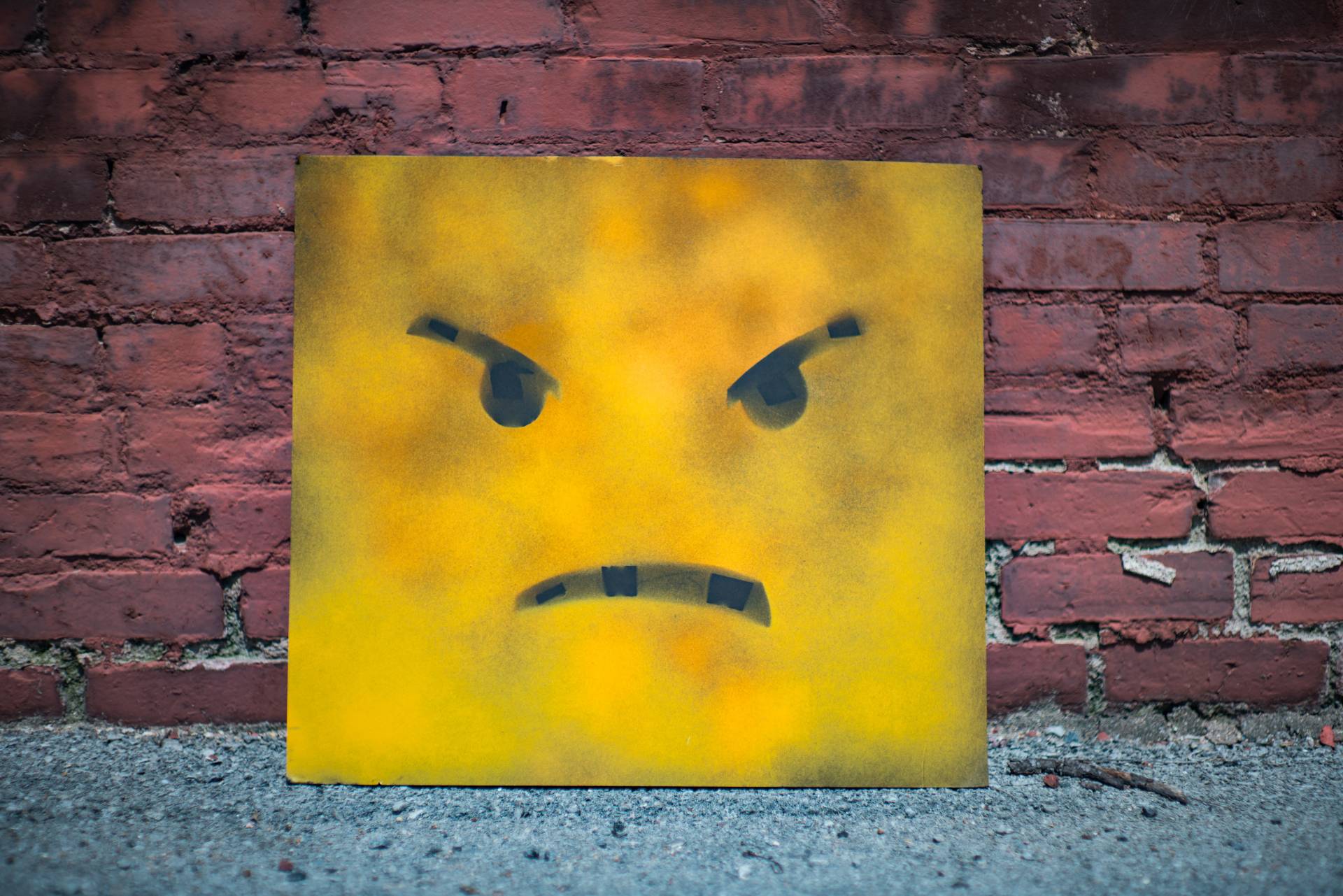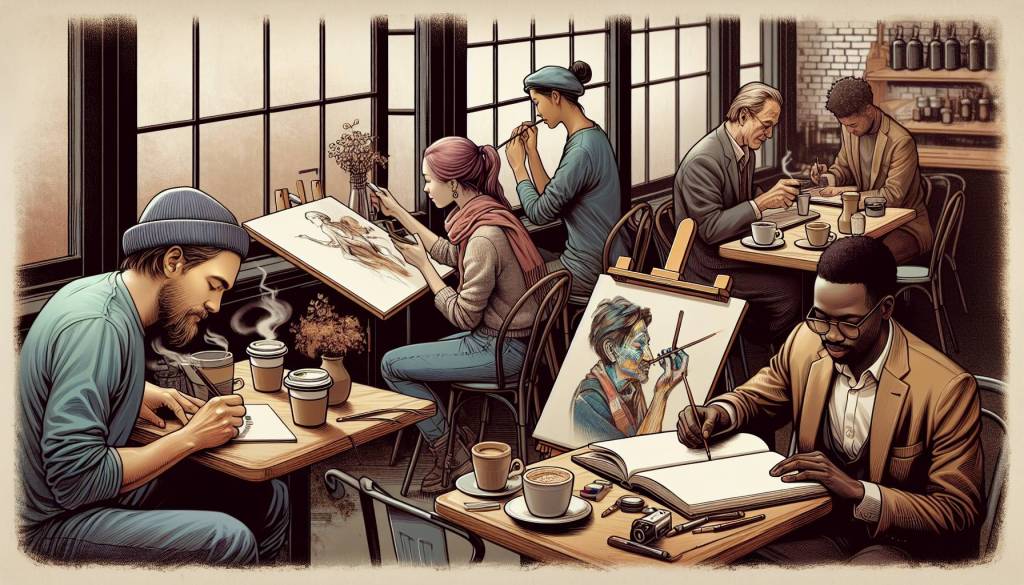Brands face an unprecedented challenge – the need to be liked by everyone. The pressure to please a diverse and opinionated audience has led many advertisers to play it safe, creating bland and forgettable campaigns. But what if I told you that having haters can be a positive thing? In this article, we will explore the surprising benefits of embracing criticism and how it can actually fuel creativity, drive brand loyalty, and prevent the spread of misinformation. So, let’s dive in and discover why a little bit of hate might just be the secret ingredient to brand success.
The Quest for Likeability in Advertising
In the world of advertising, likeability is a coveted trait. Being liked means being included in our communities, finding a suitable mate, and not being cast aside. It’s no wonder that brands strive to be liked by everyone. However, this pursuit of universal likeability has its drawbacks. The fear of upsetting people or receiving negative feedback often leads to safe and uninspiring advertising. Brands end up trying to please everyone, resulting in campaigns that lack distinctiveness and fail to leave a lasting impression.
The Rise of Hate Culture in the Digital Age
The advent of the internet and social media platforms has given individuals a powerful voice. People can now easily express their opinions and dislikes, often in a hurtful and vocal manner. Brands are not immune to this hate culture. In fact, they are often the primary target of online criticism and cancel culture. The ease with which individuals can voice their dislike for a brand has made it more challenging than ever to be universally liked.
Turning Hate into Entertainment
While hate may seem like something to be avoided, there are creative ways to deal with negative press and criticism. Some brands have successfully flipped the narrative, turning hate into entertainment and even swaying public opinion. A prime example of this is Jimmy Kimmel’s beloved segment, “Mean Tweets.” By embracing the negative comments and showcasing them in a lighthearted manner, Kimmel managed to transform hate into a source of entertainment.
Hatevertising: Leveraging Critics for Brand Traction
In recent years, we have witnessed the rise of “Hatevertising” – a strategy where brands use their worst critics to gain traction and loyalty. This approach involves flaunting negative reviews, critics, and even haters in a way that captures attention and generates buzz. Brands have used various tactics, from showcasing critics on billboards and football fields to releasing albums of their greatest hates. By being unafraid to own their critics, these brands win the loyalty of those who resonate with their message while filtering out those who would never align with their values.
Dissolving Harmful Aspects of Society
While hate can be entertaining when used in advertising, its power extends beyond the realm of marketing. Creativity can play a role in dissolving some of the most harmful aspects of our society. One campaign that exemplifies this is Vice’s “Like What You Hate.” In the wake of Brexit and Trump, algorithms were creating echo chambers and reinforcing people’s existing beliefs. Vice’s campaign exposed users to diverse perspectives, challenging them to see another side of the story and promoting empathy and understanding.
The Ostrich, The Swan, and The Red-Capped Manakin
Brands can be categorized into three types based on how they handle hate: the ostrich, the swan, and the red-capped manakin. The ostrich represents brands that bury their heads in the sand, refusing to respond to criticism and hoping that the haters will go away. However, this approach only fuels the criticism and alienates the brand from its audience. The swan, on the other hand, gracefully glides through the hate, standing firm in its purpose and attracting loyalty through its resilience. Lastly, the red-capped manakin represents brands that respond to hate in unexpected and creative ways, gaining admiration and support through their unconventional approaches.
Be Polarizing, Not Forgettable
In a world where being forgettable is a brand’s worst nightmare, being polarizing can be a powerful strategy. Brands that stand for something, even if it means not being liked by everyone, create a lasting impression and attract a loyal following. By embracing their unique values and perspectives, these brands are willing to lose those who would never align with them in favor of gaining a more dedicated and passionate audience.
The Role of Hate in Fueling Creativity
Hate can be a catalyst for creativity. When faced with criticism, brands are often pushed to think outside the box and come up with innovative solutions. By viewing hate as an opportunity for growth and improvement, brands can harness its power to fuel their creative process and create impactful campaigns that resonate with their audience.
The Importance of Hate in Preventing Misinformation
In today’s age of misinformation, hate can actually serve as a valuable tool in preventing the spread of false narratives. By encouraging critical thinking and exposing individuals to diverse perspectives, hate can help people make more informed decisions and combat the echo chamber effect. Brands that embrace hate as a means to educate and inform contribute to a more well-rounded and informed society.
Conclusion
In conclusion, the power of haters should not be underestimated. While it can be uncomfortable to face criticism and negativity, embracing it can lead to brand success, creativity, and a more informed society. By standing for something and not being afraid to polarize, brands can attract a dedicated and passionate audience. So, let’s celebrate the haters and use their criticism as fuel to create memorable campaigns that leave a lasting impact.
See first source: The Drum
FAQ
Q1: Why do many advertisers strive for universal likeability in their campaigns?
A: Universal likeability is sought after as it can help brands feel included in communities and avoid negative feedback. However, this pursuit can lead to safe and uninspiring advertising.
Q2: How has the rise of the internet and social media impacted brand perception?
A: The internet and social media have empowered individuals to express their opinions, often in a hurtful manner. Brands are now frequently targeted by online criticism and cancel culture.
Q3: How can brands creatively deal with negative criticism and press?
A: Some brands turn hate into entertainment by transforming negative comments into lighthearted content, as seen in Jimmy Kimmel’s “Mean Tweets” segment.
Q4: What is “Hatevertising” and how do brands leverage it?
A: “Hatevertising” is a strategy where brands use their critics to gain traction and loyalty. By showcasing negative reviews and critics in attention-grabbing ways, brands resonate with their target audience while filtering out misaligned individuals.
Q5: How can creativity play a role in dissolving harmful aspects of society?
A: Creative campaigns can challenge echo chambers and promote empathy. Vice’s “Like What You Hate” campaign exposed users to diverse perspectives, fostering understanding in the wake of divisive events.
Q6: What are the three categories of how brands handle hate?
A: Brands can be categorized as the ostrich (ignoring criticism), the swan (standing resilient), and the red-capped manakin (responding creatively).
Q7: How can being polarizing benefit brands in a crowded market?
A: Brands that stand for something, even if it means not being liked by everyone, create a lasting impression and attract a loyal following.
Q8: How can hate fuel creativity?
A: Hate can push brands to think creatively and come up with innovative solutions in response to criticism.
Q9: How can hate play a role in preventing the spread of misinformation?
A: Encouraging critical thinking and exposing individuals to diverse perspectives through hate can combat the echo chamber effect and contribute to a more informed society.
Q10: What is the overall message about embracing criticism in branding?
A: Embracing criticism can lead to brand success, creativity, and a more informed society. By using negative feedback as fuel, brands can create impactful campaigns and attract a dedicated audience.
Featured Image Credit: Andre Hunter on Unsplash – Thank you!













